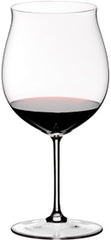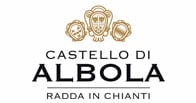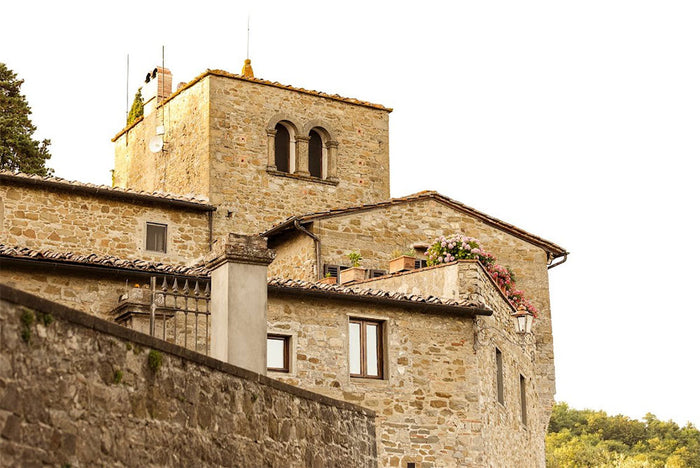Description
This Chianti Classico encapsulates all the salient characteristics of the vineyards of Castello di Albola. The Sangiovese grapes are scrupulously harvested and vinified in purity in the traditional style of the high hills in Radda's most vocated area.

Perfume

Color

Taste
Serve at:
16 - 18 °C.
Longevity:
05 - 10 years
Decanting time:
1 hour

- Start up year: 1979
- Oenologist: Alessandro Gallo
- Bottles produced: 750.000
- Hectares: 125
This is demonstrated by the interest of the Samminiati who, at the beginning of the 17th century when the male line of the Acciaiuoli had become extinct, took possession of Pian d’Albola thanks to the marriage between Ascanio Samminiati and Caterina Acciaiuoli. When Samminiati died, the property one again passed through a marital alliance to the Pazzis, one of the most noble and ancient Florentine families, who in fact kept it until the middle of the 19th century.
For the next hundred years Pian d’Abola, which in the general census of Chianti in 1832 was declared as one of the very few self-sufficient estates anywhere in the area, passed through several hands until 1940, when it was acquired by Prince Giovanni Ginori Conti. Forty years later it became the property of the Zonin Family, which initiated its second Renaissance. Read more


| Name | Castello di Albola Chianti Classico 2023 |
|---|---|
| Type | Red organic still |
| Denomination | Chianti Classico DOCG |
| Vintage | 2023 |
| Size | 0,75 l |
| Alcohol content | 13.5% by volume |
| Grape varieties | 100% Sangiovese |
| Country | Italy |
| Region | Tuscany |
| Vendor | Castello di Albola |
| Origin | Radda in Chianti (Siena) |
| Climate | Altitude: 350-650 m. a.s.l. |
| Soil composition | The lands are located on the hills of Alberese, originating from Pliocene marine deposits. As a result, the area is characterised by a clayey soil, with good internal drainage due to the presence of fine gravel (Galestro and Alberese). |
| Cultivation system | Guyot and spurred cordon. |
| Plants per hectare | 5,000 |
| Yield per hectare | 6,000 kg/hectare |
| Harvest | By hand, the first decade of October. |
| Wine making | The grapes are vinified with great care according to the traditional fermentation method in the presence of the skins to enhance the strong personality conferred by the Radda in Chianti terroir. |
| Aging | After malolactic fermentation, maturation takes place in Slavonian oak barrels for 12 months, followed by a period of bottle ageing. |
| Allergens | Contains sulphites |





